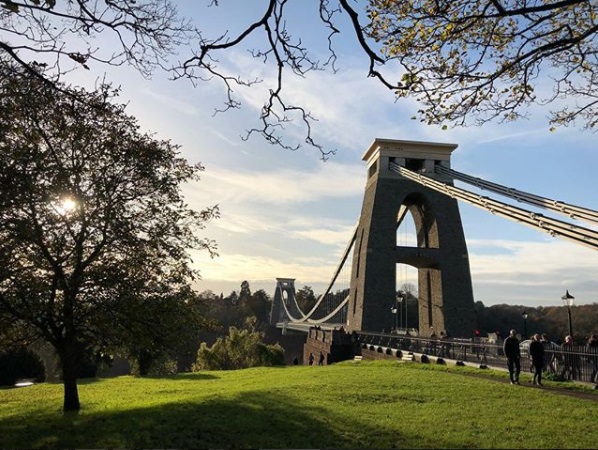Building bridges

About the author
Richard Bailey Hon FCIPR is editor of PR Academy's PR Place Insights. He teaches and assesses undergraduate, postgraduate and professional students.

Like a bridge over troubled water
I will lay me down
We’ve all had the conversation where we try to explain to an outsider what public relations work involves.
‘So, we communicate on behalf of the organisation.’
‘But doesn’t everyone communicate?’
In searching for a more vivid metaphor to represent the public relations role, I’ve been drawn to photographs of bridges.
Public relations can bridge internal and external perspectives; it can provide a bridge between shareholders and managers; managers and employees; it can bridge local with national and international perspectives. In theory, it can even bridge short-term needs with a long-term orientation.
Bridges make for strong images. They are often iconic structures that define a place (as Brunel’s Clifton Suspension Bridge, pictured here, does for Bristol).
They are impressive engineering achievements that make for a much stronger visual image than does the invisible concept of ‘communication’.
Bridges link places; they provide new perspectives and enable the exchange of ideas and trade. They suggest something of the risk, complexity and imaginitive leap involved in making these connections and facilitating these exchanges.
But bridges also provide a point of control (think of drawbridges) – or a point of attack (bridgeheads). Bridges (and tunnels) can be used for invasions, and when built some fear a loss of identity. The Jacobite Skye Boat Song (‘Carry the lad that’s born to be king / Over the sea to Skye’) means less now there’s a bridge linking the island to mainland Scotland.
So I’m not glossing over the shadow side of public relations – which is also used at times for one-way propaganda or publicity and at others for single-minded advocacy for the paymaster or cause. Bridges are among the first things to be attacked in a war.
Yet there’s value in restating the central role of relationships in PR – and in recognising their two-way nature and the benefit of flexibility over rigidity when looking to the long term.
These questions are central to the public relations academic literature. To what extent is PR used to defend the organisation, or to reconcile opposing views or bring new voices and perspectives into consideration?
Public relations scholar Jacquie L’Etang (1996, 2008) has drawn on diplomacy as a parallel professional practice. Diplomats provide a link (or bridge) between the nation they represent and the one where they reside.
Drawing on diplomatic theory, L’Etang (2008) proposes three approaches to PR:
- Real PR, which involves a hard-nosed approach in which the interests of the organisation are placed above all else
- Rational PR, which focuses on reputation and relationship building, suggesting a softer focus on corporate social responsibility
- Revolution PR, which privileges other voices. Here the role of public relations is to help resolve tensions and make peace.
Which type of bridge builder are you?
Jacquie L’Etang (2008) Public Relations: Concepts, Practice and Critique, Sage